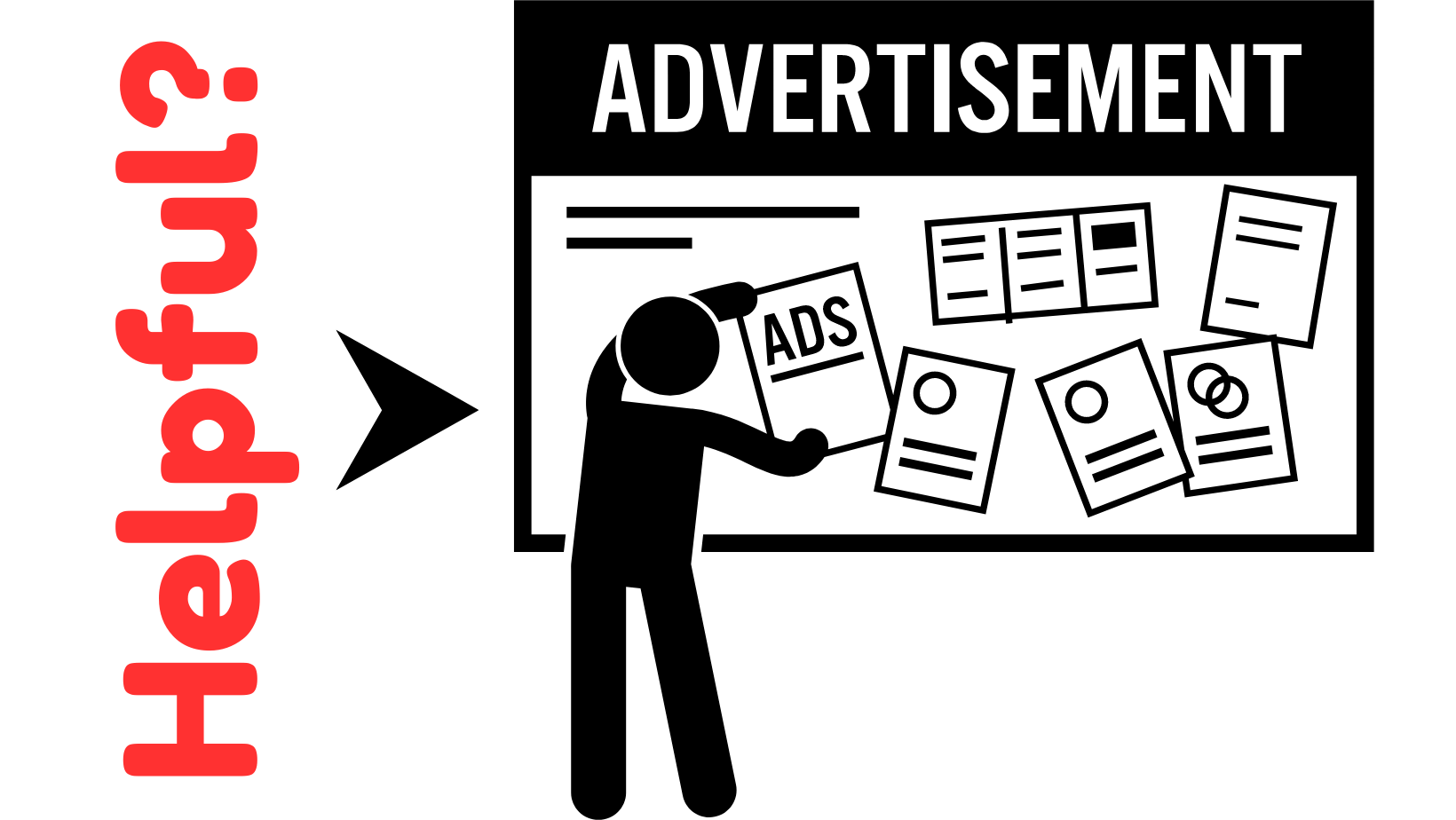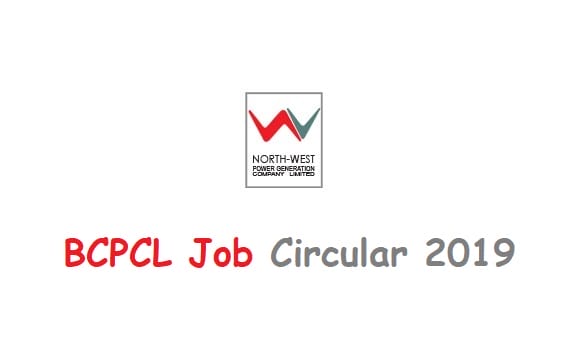
Advertising can be helpful and harmful, depending on its execution and the perspective from which it is evaluated.
Now let’s talk in detail about the whole topic. This will help you to understand the both sides of advertising. In today’s age, advertising is one of the most important channels for growing your business. Now let’s talk deeply about this topic.
Benefits of Advertising

Awareness: Advertising plays a vital role in making consumers aware of the products and services available in the market. It informs people about new launches, features, and uses, helping them stay updated with the latest options.
Economic Growth: By driving sales, advertising significantly contributes to economic growth. Increased sales lead to business expansion, which in turn creates more job opportunities and stimulates the economy.
Information Sharing: Advertisements educate consumers about the benefits, functionalities, and prices of various products and services. This information empowers consumers to make informed purchasing decisions.
Brand Recognition: Continuous advertising helps businesses establish and maintain their brand identity. It ensures that consumers can easily recognize and remember the brand, fostering trust and loyalty over time.
Market Competition: Advertising encourages competition among businesses. This competition often leads to improved product quality and more competitive pricing, benefiting consumers by providing better options in the market.
Drawbacks of Advertising
Misleading Claims: Some advertisements present exaggerated or false information, leading to consumer deception. These misleading claims can result in dissatisfaction when products or services do not meet the advertised expectations.
Consumerism: Advertising often promotes materialism by encouraging people to purchase items they do not necessarily need. This can foster a culture of overconsumption, where individuals prioritize acquiring more possessions over other values.
Privacy Concerns: Targeted advertising relies on the collection and analysis of consumer data. This practice raises significant privacy issues, as it involves tracking and using personal information, sometimes without explicit consent.
Pressure: Advertisements can create a sense of urgency or inadequacy, pressuring consumers into making unnecessary purchases. This can lead to financial strain, as individuals may spend beyond their means to keep up with advertised trends.
Ad Clutter: The sheer volume of advertisements across various platforms can overwhelm and annoy consumers. This ad clutter leads to ad fatigue, where people become desensitized to advertisements or actively ignore them, reducing their effectiveness.
Top Advertising Platforms 2024
- Google Ads
- Facebook Ads
- Instagram Ads
- LinkedIn Ads
- Twitter Ads
- YouTube Ads
- Amazon Advertising
- Pinterest Ads
Advertising platforms continue to be pivotal in digital marketing strategies. As of 2024, Google Ads holds the largest share, capturing 30.1% of the global digital ad spending, leveraging its extensive reach and robust PPC model. Facebook Ads, inclusive of Instagram, follows with a 25.4% share, fueled by its sophisticated targeting options and high user engagement.
LinkedIn Ads dominate the B2B marketing space, contributing over 82% of B2B leads. Twitter Ads cater to real-time engagement needs, whereas YouTube Ads, part of Google, account for 16.5% of digital ad expenditure due to its massive user base.
Amazon Advertising is a key player in e-commerce, commanding a 14.2% share by targeting shoppers directly.
Pinterest Ads, known for their visual-centric approach, are gaining momentum with a 6.1% increase in ad revenue. These platforms empower businesses to effectively reach and engage their target audiences, driving awareness, engagement, and sales.
How Much Should Businesses Spend on Advertising?
Businesses typically should allocate around 5-10% of their revenue to advertising. This percentage can vary based on several factors, including the industry, level of competition, and specific business goals.
For example, startups or companies aiming for rapid growth might invest a higher percentage, sometimes up to 20%, to quickly gain market share and build brand awareness.
Established businesses with a loyal customer base might spend less, as they already have significant brand recognition.
Each business needs to evaluate its unique situation, consider its objectives, and adjust the advertising budget accordingly to ensure the effective use of resources.
Choosing the Right Ad Platform for Business Growth
Selecting the most effective ad platform for business growth depends on the target audience, industry, and marketing goals.
Here’s a brief overview of some major ad platforms and their benefits:
Google Ads
Ideal for businesses looking to reach a broad audience through search engine marketing. It’s highly effective for capturing intent-driven traffic as users actively search for specific products or services. The pay-per-click (PPC) model ensures you only pay for actual clicks.
Facebook Ads
Excellent for businesses wanting to leverage social media marketing. With advanced targeting options, it allows businesses to reach specific demographics based on interests, behaviors, and demographics. Facebook Ads are particularly beneficial for B2C companies looking to build brand awareness and engage with customers.
Instagram Ads
Best for visually-driven brands, especially those targeting younger audiences. Managed through Facebook Ads Manager, Instagram offers high engagement rates with options for image, video, and story ads.
LinkedIn Ads
The go-to platform for B2B marketing. LinkedIn is highly effective for targeting professionals, executives, and decision-makers. Sponsored content, InMail ads, and job ads help in generating leads and building professional relationships.
YouTube Ads
Perfect for brands with compelling video content. As part of Google Ads, YouTube allows businesses to reach a vast audience through video ads, which can be highly engaging and effective for storytelling.
Amazon Advertising
Crucial for e-commerce businesses. Amazon Ads help products stand out on the Amazon platform, targeting shoppers directly based on their search and shopping behavior.
Pinterest Ads
Great for businesses with strong visual content, particularly in industries like fashion, home decor, and DIY. Pinterest’s visually-driven platform helps in reaching users who are actively looking for inspiration and ideas.
The most helpful ad platform for a business depends on where the target audience is most active and engaged.
Google Ads is excellent for capturing search intent, Facebook and Instagram Ads are great for social engagement, LinkedIn is perfect for B2B connections, YouTube for video content, Amazon for e-commerce, and Pinterest for visual inspiration. Businesses should evaluate their goals and audience behavior to choose the platform that will best drive growth.






